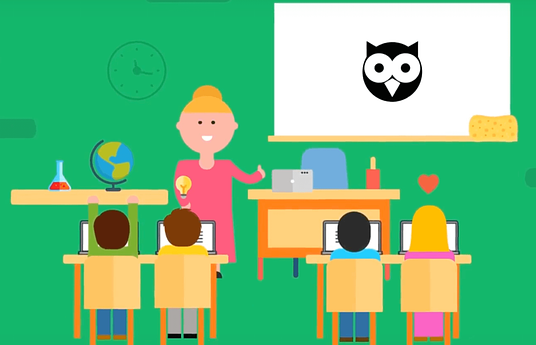Adventure Pedagogy uses a lot of game methods, which make learning dynamic, goal oriented and offers exciting experiences. Gamifying introduces game-like elements, such as storytelling, scoring and winning awards into learning.
Adventure pedagogy has a positive impact on education, for example by sparking interest, creating feelings of communality and increasing activity.
The role of the teacher is to lead the game. The teacher needs to think about what is being gamified in teaching, to take make a clear structure for the instruction, guide students and make sure that common rules are being followed.
Gamifying motivates students to learn. The teacher organizes instruction so that a prerequisite for doing well in the game is learning. The students have clear goals, which they will aim to achieve during the game. The tasks in the game can be solved with, for example, the help of a textbook and student assessment is done based on the game.
The students are also allowed to be creative and use their imagination for problem solving in the game. Playing is often communal, and team play can be made a prerequisite for doing well in the game. Different roles can be assigned to the students, which enables flexible distribution of work within a group, and each one has the opportunity to choose a role that is appropriate considering their own strengths.
This model of adventure pedagogy has been trialed at the Poikkilaakso Elementary School in 2013 and in the Vallila Elementary School for the first time in 2014. The teacher felt that they had reached a dead end in their work and began to wonder how gamification could increase school motivation for students. How could students actually influence their studies? How could the subjects be linked to the students' everyday life? And in what ways could study skills be practiced?
The teacher had a lot of experimental ideas in mind and started to develop ideas in which students’ learning progress could be followed in the same way as characters in a game. The teacher became acquainted with adventure pedagogy, which soon began to feel like a good approach.

